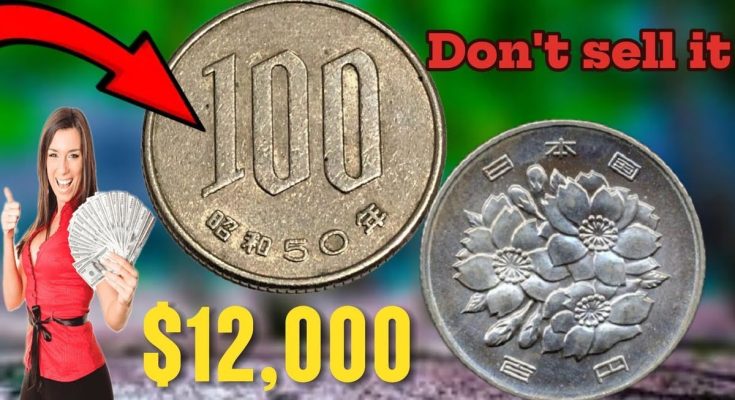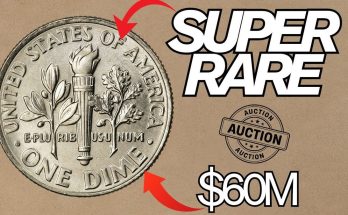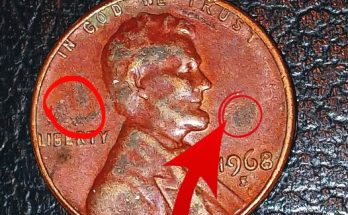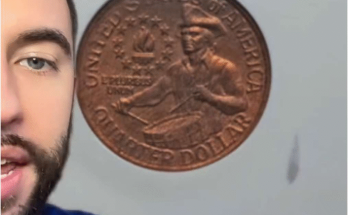“100 YEN COIN WORTH THOUSANDS! VALUABLE Japanese coin Finds,” points to the rare and sought-after varieties within this denomination. The current standard 100 Yen coin, made of 75% copper and 25% nickel, has been in circulation since 1967 and features the Sakura design. However, the most valuable 100 Yen coins are often those with low mintage figures, errors, or made from precious metals.
Key Valuable 100 Yen Coin Varieties:
- Silver Issues (1957–1966): Before the cupronickel coins, 100 Yen pieces were made of 60% silver, 30% copper, and 10% zinc. These earlier versions had two main designs: the Phoenix (1957–1958) and a Sheaf of Rice (1959–1966). The intrinsic silver content alone makes these older coins worth more than their face value, and uncirculated examples can be highly collectible. Coins from years with exceptionally low mintages in this series can command a premium.
- Low Mintage Cupronickel Dates: While the 1975 coin shown had a mintage of about 437 million, certain years of the cupronickel 100 Yen (1967–present) have significantly lower production numbers. For example, some years in the early 2000s, such as the 13th year of the Heisei era (2001) and the 14th year (2002), saw mintages around 8 million and 10 million, respectively. Proof versions of many dates, which are specially struck for collectors and have much smaller mintages, are also more valuable. These lower mintage dates become “key dates” for collectors.
- Commemorative Issues: Japan has produced numerous commemorative coins, many with a 100 Yen denomination, to celebrate events like the Olympics (1964, 1972, 2020) and Expos (1970, 1975). While many of these were produced in large numbers, a small selection of lower-mintage commemoratives, especially those with unique errors or in pristine condition, can be valuable. The 1975 coin shown is not one of the low mintage cupronickel ones, but it is from the same year as a commemorative coin struck for Expo ’75 in Okinawa, which had a separate mintage of 120 million.
- Minting Errors: As with any country’s coinage, genuine minting errors—such as die breaks, off-center strikes, or double strikes—can dramatically increase the value of a common 100 Yen coin, potentially pushing its price into the thousands, as suggested by the caption. These errors are rare and are highly prized by collectors for their unique nature.
To find a 100 Yen coin truly “worth thousands,” a collector would typically be looking for an exceptionally rare silver issue in top condition, a very low-mintage “key date” cupronickel coin in a flawless grade, or a verifiable, dramatic minting error. The allure of stumbling upon such a rare find in circulation makes hunting for valuable Japanese coins a thrilling pursuit for numismatists worldwide.



